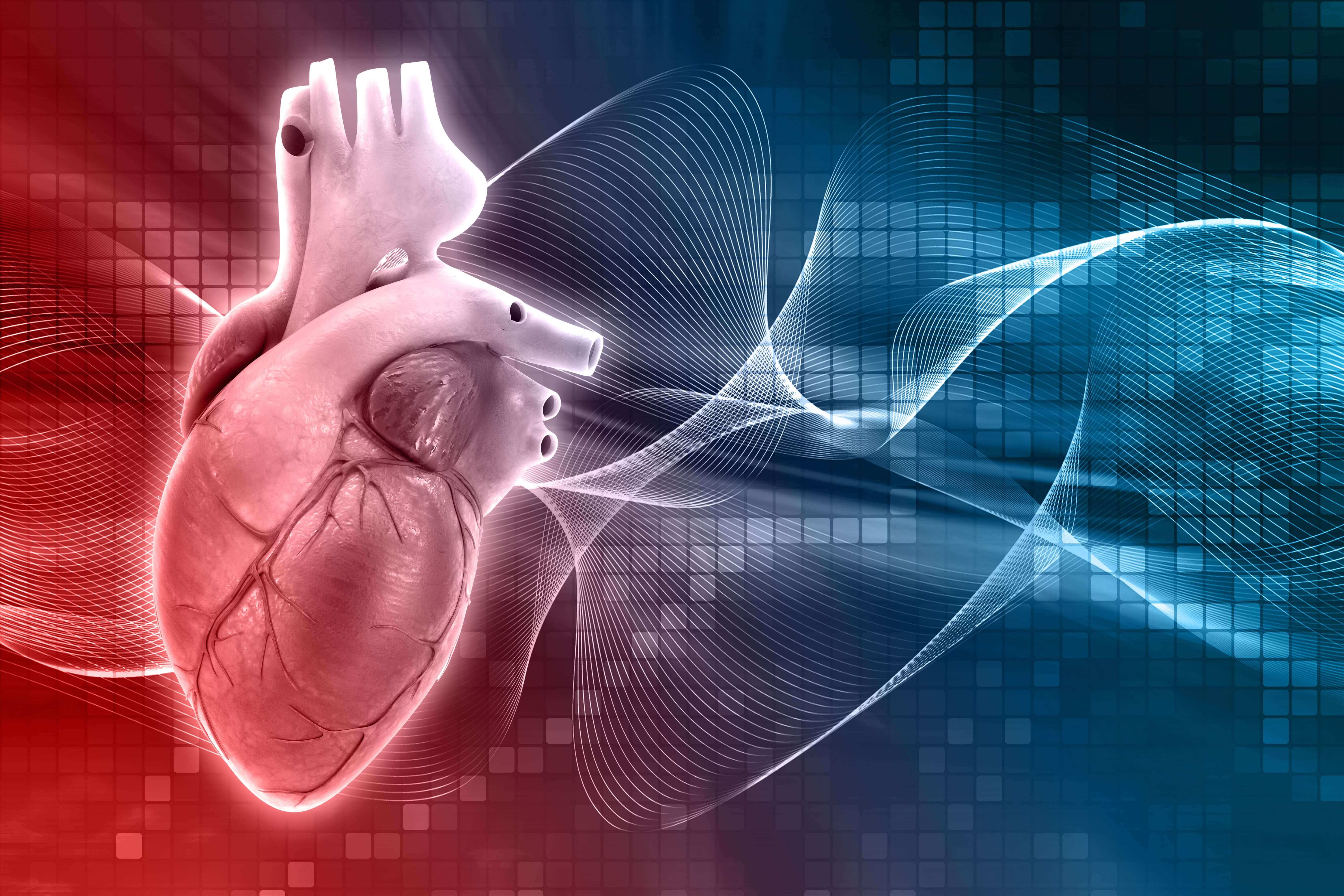Biology,Grade 12th,University Preparation (SBI4U)


-
Name:Biology,Grade 12th,University Preparation (SBI4U)
-
Grade:Grade 12th
-
Prereq:Biology,Grade 11th,University Preparation (SBI3U)
-
Code:SBI4U
-
Type:University Preparation
-
Credit Value:1
-
Develop Date:2021-04-01
-
Course Price:CAD $1300
-
Status:Active
Course Description:
This course provides students with the opportunity for in-depth study of the concepts and processes associated with biological systems. Students will study theory and conduct investigations in the areas of biochemistry, metabolic processes, molecular genetics, homeostasis, and population dynamics. Emphasis will be placed on the achievement of the detailed knowledge and refinement of skills needed for further study in various branches of the life sciences and related fields.
Aims and Objectives:
- Demonstrate the role of biochemical in the human body
- Demonstrate the carbons around us and the role of them in our lives.
- Define the terms translation and transcription.
- Evaluate the process of the formation of the proteins.
- Describe the role of enzymes in the body and its types.
- Evaluate the structure of cells along with cell organelles and describe their functions.
- Demonstrate the cell membrane organelles and roles being played in the body.
- Demonstrate the mechanism of cellular respiration.
- Evaluate the enzymes along with their activation and their models.
- Demonstrate the whole process of photosynthesis and its importance in the lives of the organism.
- Evaluate the process of metabolism and its types.
- Evaluate the genetics as a heredity material of the life, evaluate the DNA and RNA mechanism and formation.
- Differentiate the process of genetic mutations and genome diversity.
- Describe the process of homeostasis and thermoregulation in the human body.
- Evaluate the water balance system of our body.
- Evaluate the nervous system of the human body and how our body coordinates with the brain.
- Describe the five senses of the body along with stress our generation is facing, evaluate the causes of stress.
- Evaluate the most common disease diabetes and its treatment with the help of steroids.
- Define the term population dynamics and its importance.
- Describe the population increase and the availability of the resources.
Expectations:
- Biochemistry
By the end of this course, students will:
- Investigate the chemical properties and the chemical reactions that are occurring in the human body.
- Demonstrate an understanding of the importance of carbon and its derivatives in human life and the human body.
- Evaluate the role of proteins and nucleic acids on the cell and the overall body functionalities.
- Demonstrate the enzymes, their types, their functions and their chemical composition.
- Demonstrate the cell organelles, their function played inside the cell and their function which makes them important.
- Evaluate the membranes of organisms; place their types and the functions in the maintenance of the body functions.
- Metabolism Process
By the end of this course, students will:
- Demonstrate the mechanism of cellular respiration and the chemical changes being performed inside the cell. Analyse the role of the enzyme in the body along with the activation mechanisms of them.
- Demonstrate the process of photosynthesis and the by-products of that process and evaluate the importance of photosynthesis for the organisms.
- Demonstrate an understanding of the structures and functions of biological molecules, and the biochemical reactions required to maintain normal cellular function.
- Molecular Genetics
By the end of this course, students will:
- Demonstrate an understanding of concepts related to molecular genetics, and how genetic modification is applied in industry and agriculture.
- Evaluate the process of the replication of DNA and the repair processes of DNA.
- Describe the mechanism of the organization of the DNA after its formation, describe the process of aging.
- Describe and define the genes and evaluate the whole process of protein synthesis.
- Evaluate the process of translation, the whole process of formation of protein from nucleic acids and RNA.
- Evaluate the gene expressions after their formations and their regulations; describe the process of the cancer-forming cell and the whole concept of cancer.
- Demonstrate the difference between genetic mutation, its causes and genome diversity. Place the role of viruses along with the disease spread.
- Homeostasis
By the end of this course, students will:
- Evaluate the process of homeostasis and thermoregulation, which is occurring in the human body for the maintaining of internal conditions.
- Evaluate the water balance inside the body along with the distribution of intake fluids in the human body.
- Demonstrate the nervous system and explain the coordination of body organs with the brain and spinal cord.
- Evaluate the five intact senses of the human body; evaluate the causes and types of the stress humans may face and its effect on mind and body.
- Demonstrate the role of endocrine hormones in the body and their formation through the endocrine glands.
- Evaluate the causes of diabetes and the treatment of diabetes with steroids either natural or synthetic.
- Evaluate the reproductive hormones of males and females and their formation and regulation in the body.
- Demonstrate the central nervous system along with the pathways of nerve conduction through the body to the brain and vice versa.
- Population dynamics
By the end of this course, students will:
- Demonstrate the introduction of population, the calculation processes of the population and the dynamics of the population.
- Demonstrate the process of modeling the human population in a certain targeted area of geographical importance.
- Evaluate the population of humans only along with their day-by-day dynamics.
- Demonstrate the resources availability and the increase of the population continuously to predict the future.
Unit-wise Progression:
|
Unit
|
Title and Subtopics |
|
Unit 1 |
Biochemistry
- Hours: 20 |
|
Unit 2 |
The Metabolic Processes
- Hours :22 |
|
Mid-Term - Hours: 2 |
|
|
Unit 3 |
Molecular Genetics
- Hours: 22 |
|
Unit 4 |
Homeostasis
- Hours: 22 |
|
Unit 5 |
Population Dynamics
- Hours: 16 |
|
Culminating Activity – 3 Hours |
|
|
Final Term – 3 Hours |
|
|
Total – Hours 110 |
|
Teaching/Learning Methodologies:
The students are provided with almost all the material they would need to learn. The students will be provided with the whole resource of the course. The textbook will be attached with the course; the students will be able to download extra reading packs according to the lessons for the deep understanding of the concerned lesson. This course has almost all the things included for the learning of the students/learners as well as for the entertainment. This course includes the activities in the form of cumulative activities; moreover as the course would start the student will be given a specific lab access for every topic, which they need about. The students will be able to solve the scientific problems by applying the acquired knowledge from this course. The assessments for every unit, the assessment of every lesson will be checked and reports will be designed. The students will be given the full time access to ask the questions to the teacher about the lessons. Proper lectures for every lesson will be conducted. The student will have to give the reflection feedback for the previous lecture and then the teacher will start the next lecture. The student will be able to ask queries about the lesson at the end of the lecture
Lesson plans
- PowerPoint presentations
- Videos
- Reading Packs
- Assignment for Learning
- Assessment of Learning
- Quiz
All of these are a cluster of downloadable and embedded files that will be provided to each candidate with the progression of the course.
E-Learning Approach:
E-learning is not only a training method but it is a learning method that is tailored to individuals. It is found that different terminologies have been used to define learning that takes place online which actually makes difficult to develop a generic definition.
E-learning includes the delivery of content via Internet, Intranet, and Extranet, satellite broadcast, audio-video tape, interactive TV and CD-ROM. The term implies that the learner is at a distance from the tutor or instructor, that the learner uses some form of technology.
With attention to this new system of education that is spreading across the globe its imperative that the content of such study programs are enhanced and modified to serve both the learner and the instructor well whilst dealing with the gap of conventional studying methodologies. Thus the courses promise its reader an experience full of engagement, student-concentric approach, personalization and Interaction. Using a wide array of multimedia tools, cloud based LMS and diverse repository of subject tailored audio-visual material that student can utilize and learn in a stimulated work environment where he’s in charge of his work hours.
Our e-learners paddle through these courses in the mediation of skilled mentors to the finish line with understanding of their subjects application into real world problems following a futuristic model of education.
Strategies for Assessment and Evaluation of Student Performance:
Assessment is the ongoing gathering of information related to the individual student’s progress in achieving the curriculum expectations of the course. To guide the student to his/her optimum level of achievement, the teacher provides consistent and detailed feedback and guidance leading to improvement. Strategies may include:
- Diagnostic assessment
- Formative assessment
- Summative assessment
- Performance assessment
- Portfolio assessment
- Rubrics
- Checklists
The final grade will be based on:
|
Weightage in Percentage
|
Categorical Marking Breakdown |
|
50% |
Course Work |
|
10% |
Mid Term |
|
10% |
Culminating Activity |
|
30% |
Final Exam |
|
Assessment of Learning
|
||
|
Student Product |
Observation |
Conversation |
|
Learning Logs (anecdotal) Assignment Pre-tests (scale/rubric) Quizzes (scale/rubric) Rough drafts (rubric) Graphic organizers (scale) Peer feedback (anecdotal/checklist) Reports (rubric) Essays (rubric) Webbing/Mapping (rubric/scale) Vocabulary notebooks (anecdotal) Visual Thinking Networks (rubric) Tests (scale/rubric) Exams
|
Self-proofreading (checklist) Class discussions (anecdotal) Debate (rubric) PowerPoint presentations (rubric) Performance tasks (anecdotal/scale)
|
Student teacher conferences (checklist) Debate (rubric) Peer-feedback (anecdotal) Peer-editing (anecdotal) Oral pre-tests (scale/rubric) Oral quizzes (scale/rubric) Oral tests (scale/rubric) Question and Answer Session (checklist) Online access to laborites for the concerned lessons (checklist) |
Resources Required by the Student:
- A non-programmable, non-graphing, scientific calculator
- Microsoft Suite (Word, Excel, Power-point etc.)
- A laptop, or Mac, or Android, or any other operating system functional enough to use the web browser and use online software.
- Curriculum Reference: The Ontario Curriculum, Sciences







